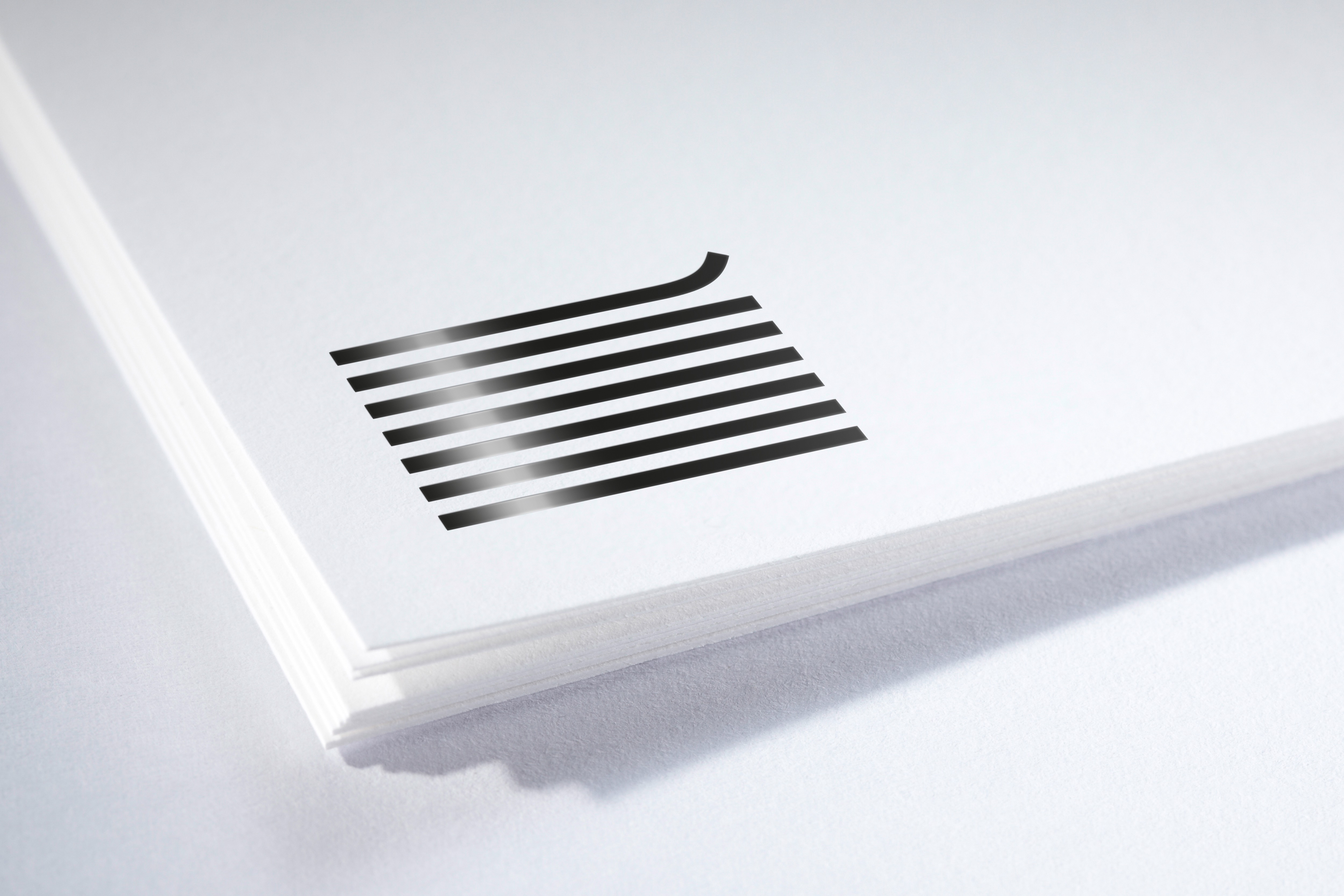
Interview with Klaus Lammersiek, Regional Marketing Manager Scodix
Could you briefly explain to us the general difference between digital and conventional finishing?
The fundamental difference is that SCODIX does not require any tools or molds: A digital mold created in the prepress phase is entirely sufficient - this can then be used for varnishing and foiling. The fact that no significant heat is applied means that it can be used several times consecutively. Everything is possible with just one PDF template: varnishing, foil, foil on foil or varnishing over foil - or even other tactile effects such as Braille.
By working without molds, there is also no need to distribute costs over a maximum print run - thus opening completely new possibilities: from prototypes to individual projects, to multiple versions and medium print runs that can be produced quickly and on demand.
From our point of view, the two most important forms of finishing are partial and full-surface varnishing as well as foil finishing. Can you describe in a few words how this works in technical terms with your machine?
The principle is quite simple: a UV-curing liquid is applied using inkjet heads which is then cured accordingly - for the varnish, directly and completely, and for the foil. Initially the foil is cured in such a way as to enable the substrate to accept and take-on the foil which is pressed-on accordingly, at the application spots. It is then fully cured. The fact that the machine can align itself perfectly with reference points on the CMYK pre-print and in the print-file means that there are no registration problems: each print is recalculated to match the position of the paper in the machine.
Now, with regards to color: How do I get my varnish and foil color of choice?
The varnish is transparent with a glossy effect – it can also be applied to reach certain thicknesses to deliver a haptic effect such as embossing – so the actual varnish color is created by the print color underneath the varnish. The color of the varnish is therefore the result of the print color. There are a great many commercial foils and products available – is multiple colors and versions. My chosen color therefore depends on the available foil.
Can I use multiple foils and hence multiple foil colors?
Yes, it works very well. By not using heat, the varnish and foils which have already been applied are preserved. This makes it very easy to achieve multi-colored effects as well as micro-embossing. Our system can process several foil rolls side by side so that several foil colors can be used at the same time.
Which paper formats & weights can be finished with Scodix?
Most SCODIX machines will handle paper formats up to B2 (usually 50cm x 70cm) - the Ultra 6000can take up to B1 format (usually 102cm x 72cm). Weights from 180 gsm are recommended - lighter qualities should be tested beforehand.
How should the print data be set up for varnish and for foil finishing? Is there anything to consider here?
The molds for each finishing process must be created in an extra solid color. This should then be overprinted so that this color does not cut out the underlying mold for the preprint.
Should I underprint with a foil finish - like applying the varnish - and if so, is it enough to apply once with black, for example?
This is not always necessary. With uncoated, open papers such as ROUGH DELUXE, applying one underprint can be useful to ensure that the liquid does not penetrate or soak through and to achieve a perfect result. With fully or lightly coated papers such as EXTRAMATT RECYCLING, this can also help to perfect the quality of very delicate designs but is not really necessary.
What other forms of finishing are available that I can achieve with the Scodix?
First of all, varnish can be applied flat and raised. Then there is foil, which can also be flat and raised - and as described, used in several layers. Glitter effects are possible in combination with appropriate foils – in this case glitter foil is used and then a haptic effect is achieved with respective patterns in the varnish. With Cast&Cure, the varnish is modified by micro-embossing to create optical effects through light refraction. Braille and crystal-like effects are also possible.
Scodix clearly always makes sense for dynamic finishing. But where is the economic link to classic finishing, where a tool has to be specially constructed? Let's say, for example, for foil finishing of a flat, round logo with a diameter of five centimeters?
This has to be calculated on an individual level - in addition to the fixed costs for tools, mold, foil and varnish, speed and environmental aspects should also play a role. With Scodix, a mold that takes several hours to create and set up in the same way can be used in just a few minutes. And all this without energy- and CO2-intensive manufacturing processes. Analog finishing is considered to be 7 times more environmentally unfriendly than digital finishing.
And here is a technical note based on our own tests:
With the Scodix, it is possible to choose from various settings to control the thickness of the varnish. "Foil 40" is the setting with less varnish and is therefore well suited for delicate lines or designs. "Foil 60" on the other hand provides more varnish and is therefore more suitable for a wider surface. For a mixture of detailed and broad application, the "Foil 50" setting is a compromise. Not perfect, but best suited.